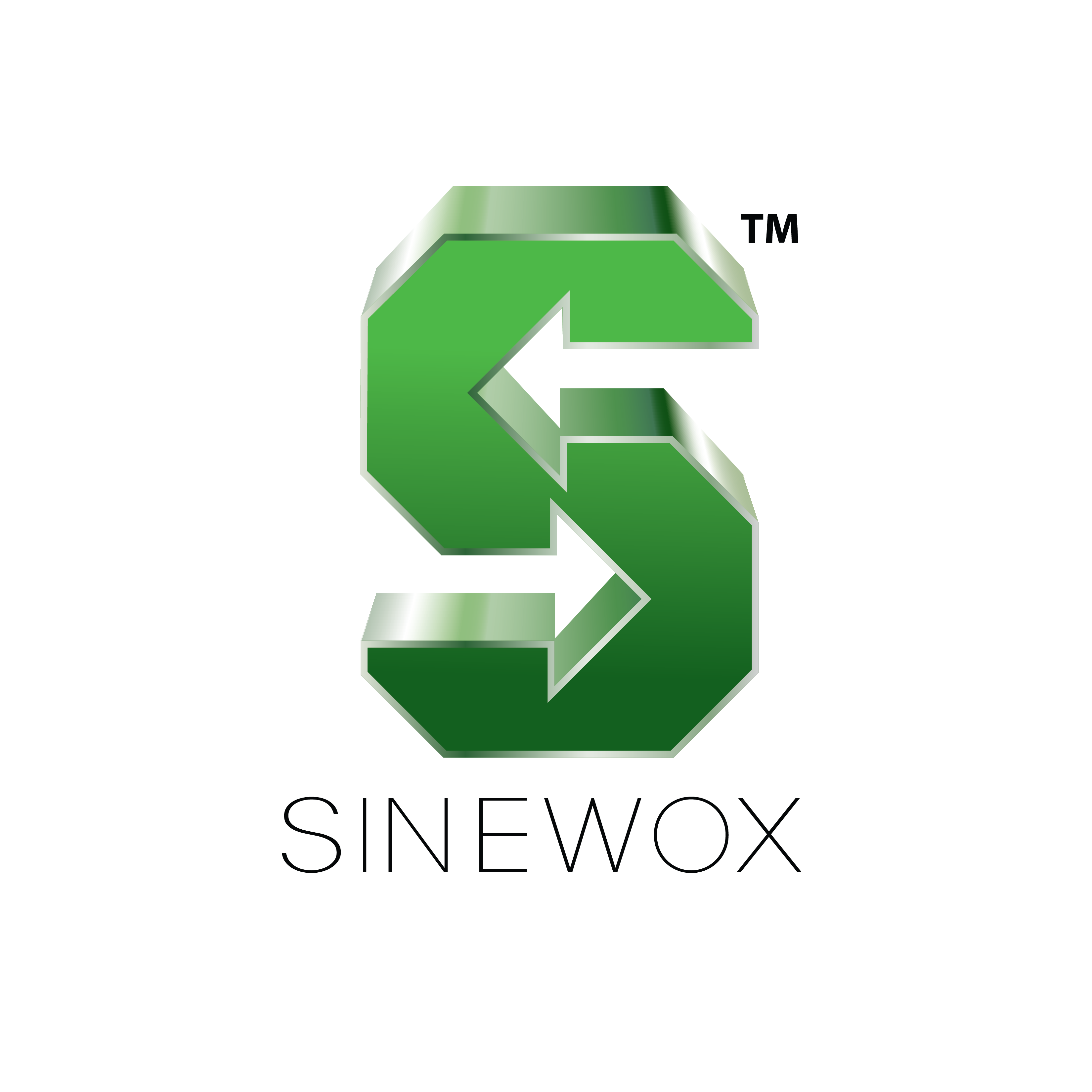Sinewox Soy Products
At Sinewox, WE WILL ONLY CONSIDER OFFERS SENT WITH BCL / RWA SINCE DEMAND FOR OUR SOYBEAN PRODUCTS IS EXTREMELY HIGH
Our Soy Products
WHERE DO SOYBEANS COME FROM?
WE WILL ONLY CONSIDER OFFERS SENT WITH BCL / RWA SINCE DEMAND FOR OUR SOYBEAN PRODUCTS IS EXTREMELY HIGH
Soybeans, known as “Soya” (or “Soy” in the United States), are a legume, scientifically named *Glycine max* (L.) Merrill. Approximately 85% of the world’s soybean crop is processed into meal and vegetable oil, with nearly all the meal used in animal feed. About 2% of soybean meal is further processed into soy flours and proteins for food use. Soy ingredients have become staples in the food manufacturing industry.
| Specifications | #1 Yellow Soybeans | #2 Yellow Soybeans |
| Test Weight | Min 54 | Min 54 |
| Moisture | Max 14% | Max 14% |
| Splits | Max 10% | Max 20% |
| Foreign Material (FM) | Max 1% | Max 2% |
Packaging Options
Soybeans are typically shipped in bulk using 20’ or 40’ containers. Packaging in 50 kg bags or 1 MT totes can be arranged for orders of 5 x 20’ container lots.
Harvest/Yields
The United States is the world’s largest producer and exporter of soybeans. Planting usually begins in late April and continues through June. Harvesting starts in late September and concludes by the end of November.
Soybean Meal
Glycine max (L.) Merr.
U.S. soybean meal is an excellent source of supplemental protein for livestock and poultry diets. It offers a “Total Value Package” composed of essential nutrients, including a superior amino acid profile and digestibility, increased metabolizable energy, lower fiber content, higher total phosphorus, and greater uniformity among batches.
Production Process
Solvent Extracted Soybean Meal is produced through a series of steps:
- Cracking: De-hulled soybeans are cracked.
- Heating and Flaking: The cracked soybeans are heated and flaked.
- Oil Extraction: Specialized solvents reduce the oil content of the conditioned flakes.
- Cooking and Grinding: The extracted flakes are cooked and ground into soybean meal.
Specifications
Analysis
- Crude Protein, not less than: 47.0%
- Crude Fat, not less than: 0.5%
- Crude Fiber, not more than: 3.5%
Added Ingredient: Calcium Carbonate (anticaking agent)
Trading: Traded under “NOPA” rules
Packaging Options
Soybean meal is typically shipped in bulk using 20’ or 40’ containers. Packaging in 50 kg bags or 1 MT totes can be arranged for orders of 5 x 20’ container lots.
THE SOY WE SOURCE IS GROWN IN SOME OF THE WORLD’S BEST PRODUCING REGIONS AND MEETS THE HIGHEST FOOD SAFETY STANDARDS.
USA
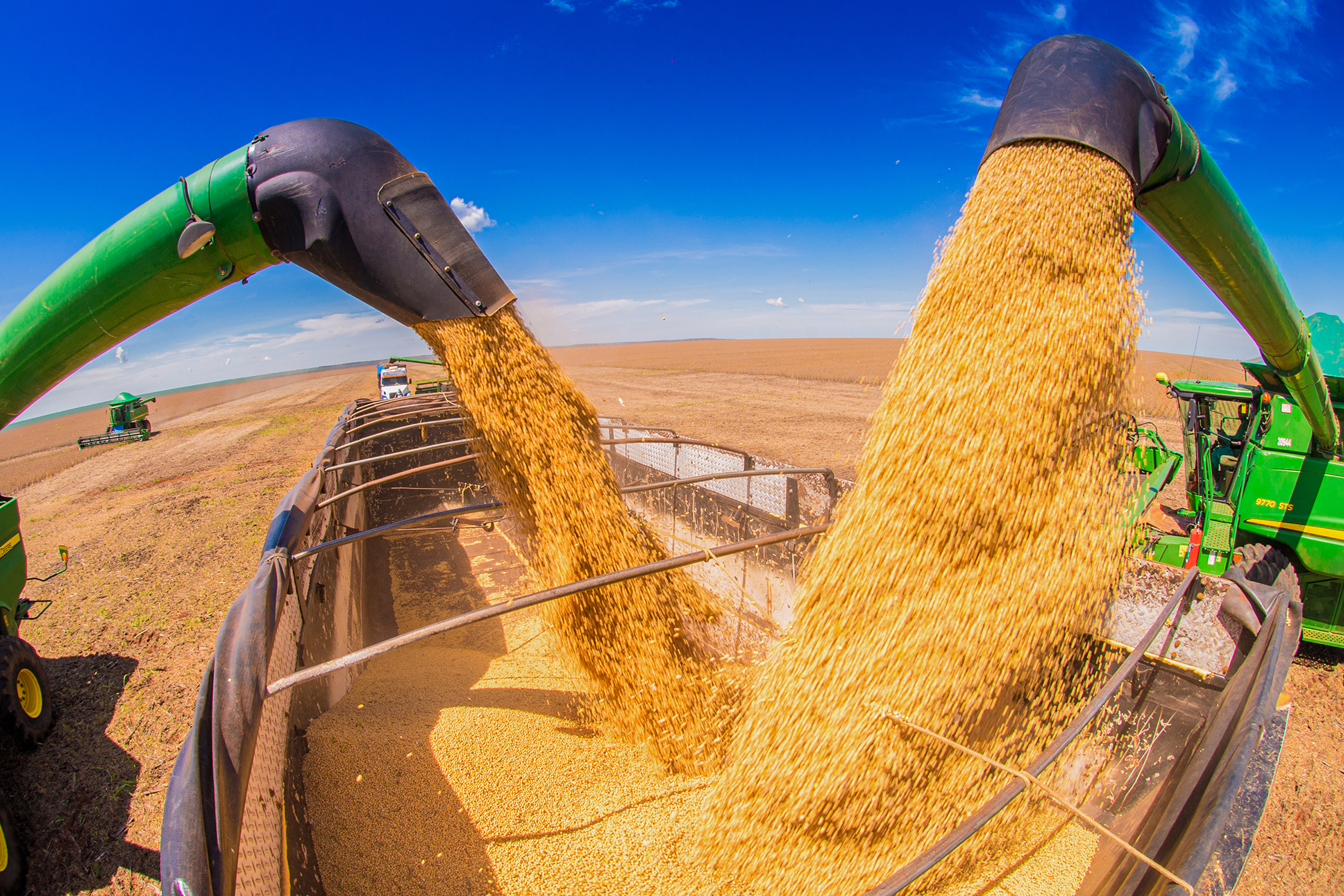
In 1765, a sailor of the East India Company brought soybeans to the United States from China. In the United States, soybeans are now the second most produced agricultural product after corn, despite being America’s most valuable cash crop. Soybeans are produced in 31 states, with Iowa, Illinois, Indiana, and Minnesota as the top producers. The Midwest is ideal for soy farming due to its rich soils and comparatively cool summer nights. Among the products made with soybeans are animal feed and soy sauce and tofu.
Popular Varieties: Soybeans and soybean meal for animal and human consumption, including genetically modified and Non-GMO soybeans.
Packing: Soy products are typically packed in 20′ FCLs or vessels that can contain 12,500 MT – 50,000 MT and even up to 300,000 MT each month under long-term contracts.
BRAZIL
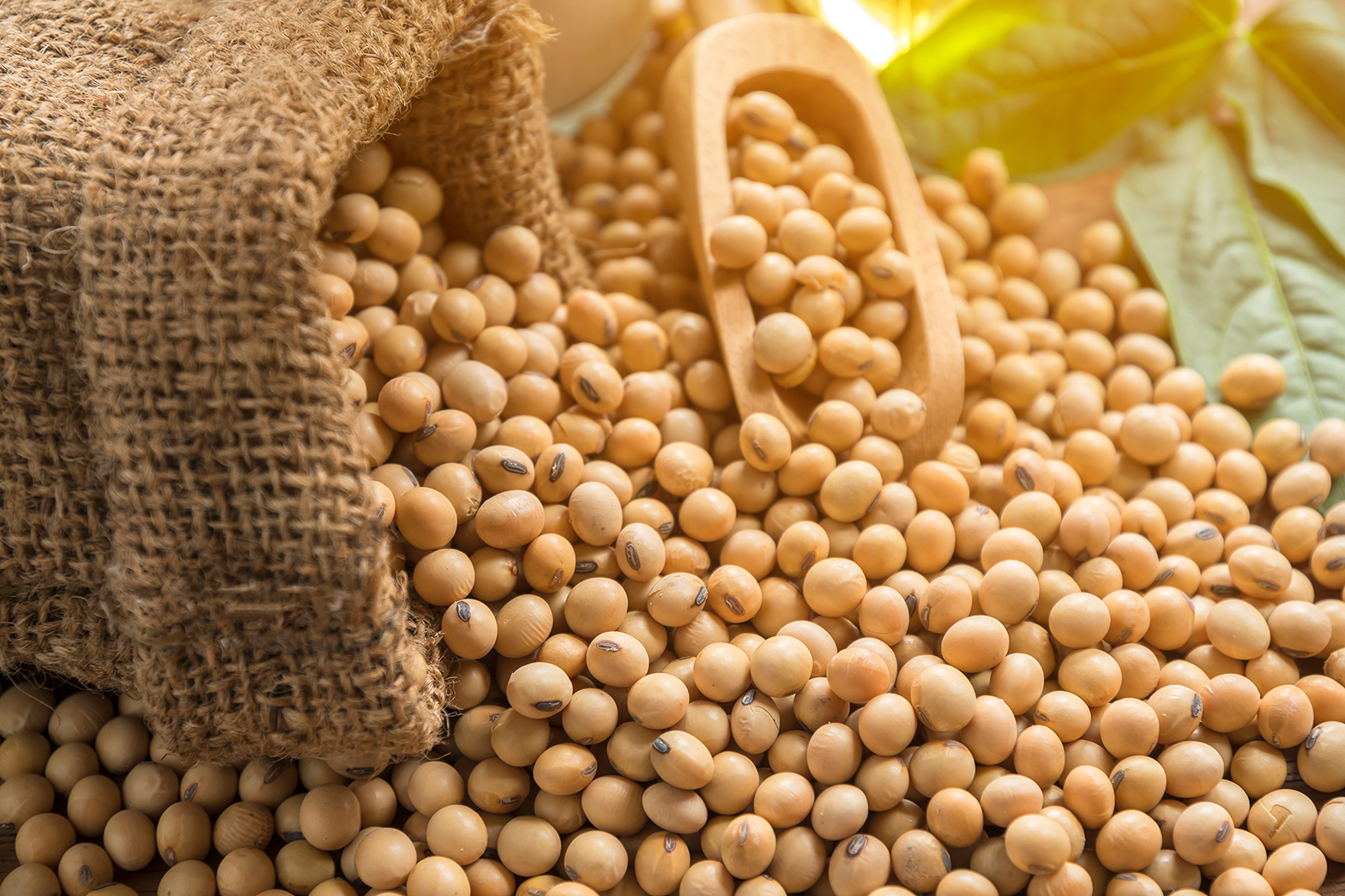
The fertile Midwest region of Brazil is where soybeans are grown. During 1970-2005, Brazil’s soybean production increased by over 3,000%. As China’s demand for direct trade with Brazil grows, soybeans remain one of Brazil’s largest agricultural products. Brazilian infrastructure has historically hindered the country’s ability to export soybeans globally. As China announces substantial investments in new railway and port projects throughout Brazil, this is changing rapidly. A soybean from Brazil’s major growing regions in the fertile Amazon region has more protein content than those from North America. China’s growing investment and Brazil’s superior soybean products, along with the escalating trade war between the U.S. and China put Brazil on track to become one of the most important global soybean exporters.
Popular Varieties: Soybeans and soybean meal for animal and human consumption, including genetically modified and Non-GMO soybeans.
Packing: Soy products are typically packed in 20′ FCLs or vessels that can contain 12,500 MT – 50,000 MT and even up to 300,000 MT each month under long-term contracts.
ARGENTINE

Even during its heyday around 1900, agriculture accounted for less than a third of all labor in Argentina. The sector is relatively capital intensive, contributing 7% of all employment today. As late as 1959, it contributed almost 20% to GDP, but today it contributes much less directly.
In Argentina, the agricultural sector remains the backbone of the country’s economic progress and social progress, earning half the country’s foreign currency. Some 10-15% of Argentina’s farmland comes from foreign ownership.
About a fourth of Argentinian exports in 2011 of US $86 billion consisted largely of unprocessed agricultural commodities, including soybeans, wheat, and maize. Furthermore, one third of the products were composed of agricultural products that have been processed, such as animal feed, flour, or vegetable oils. The Secretariat of Agriculture, Cattle Farming, Fishing and Food is responsible for overseeing agriculture in the country
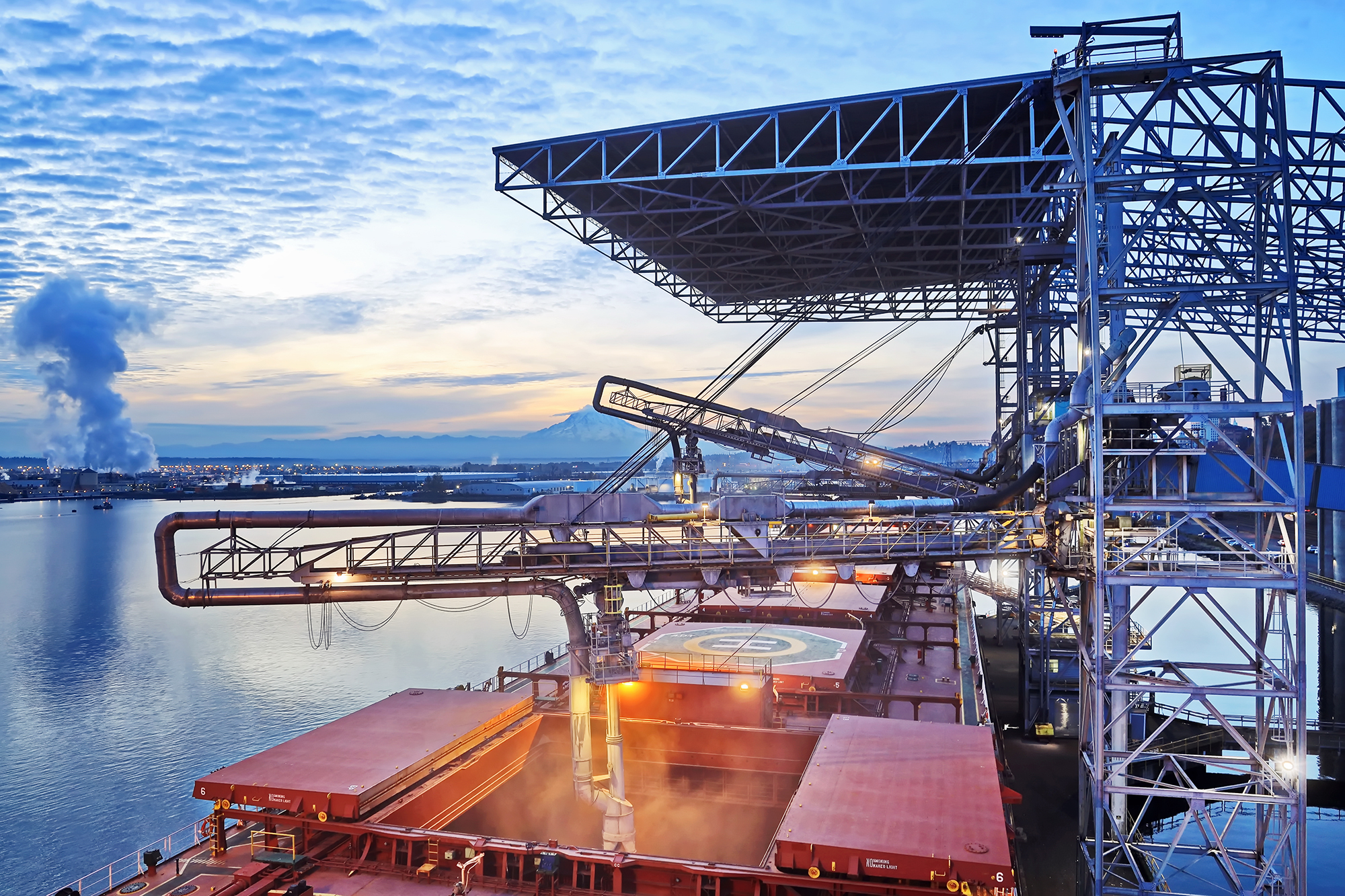
Our soy products are sourced from the world’s top growing regions and meet the highest food safety qualifications.
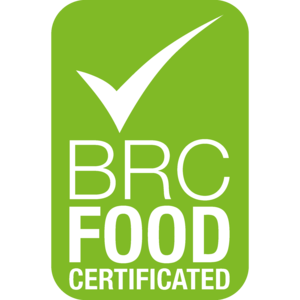
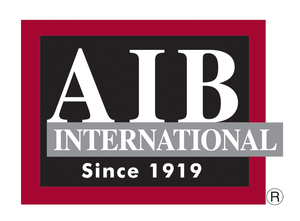



The ingredients we use are sourced from suppliers who are audited and accredited by the top food safety testing and certification organizations. Upon request, we are able to provide certificates, audit reports, and product specifications.
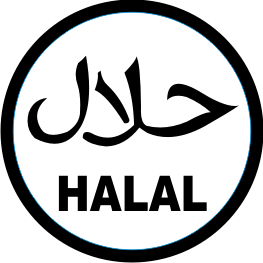
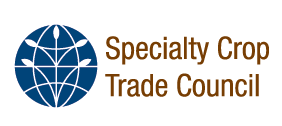

We offer Kosher and Halal products from suppliers who are certified annually. A list of the current certificates can be provided upon request.
We engage our suppliers and logistics partners, both of whom are members of the Specialty Crop Trade Council, a trade association dedicated to representing the interests of American dried fruit and tree nut producers.
Contact Us
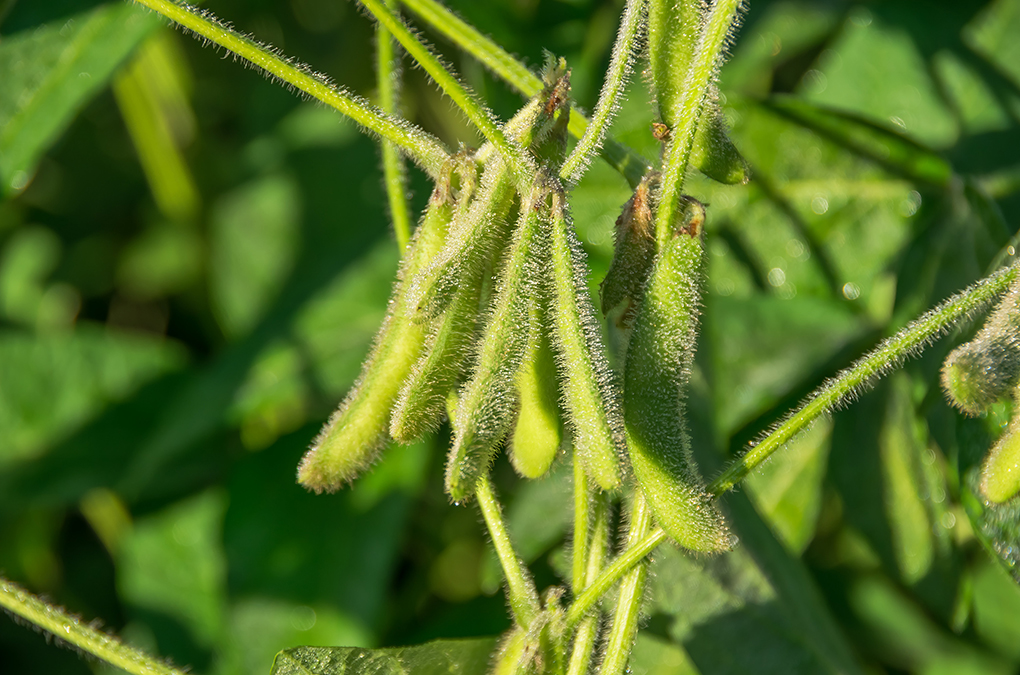
Email: sales@www.sinewox.com
Address: 160 ROBINSO ROAD #14-04 Singapore (068914)
